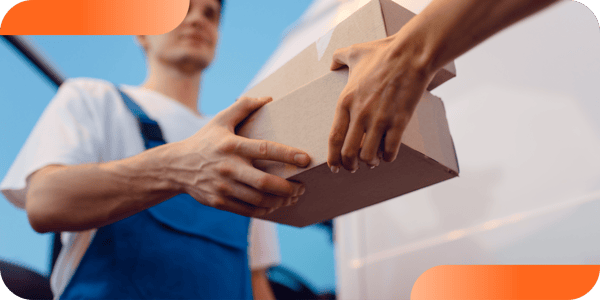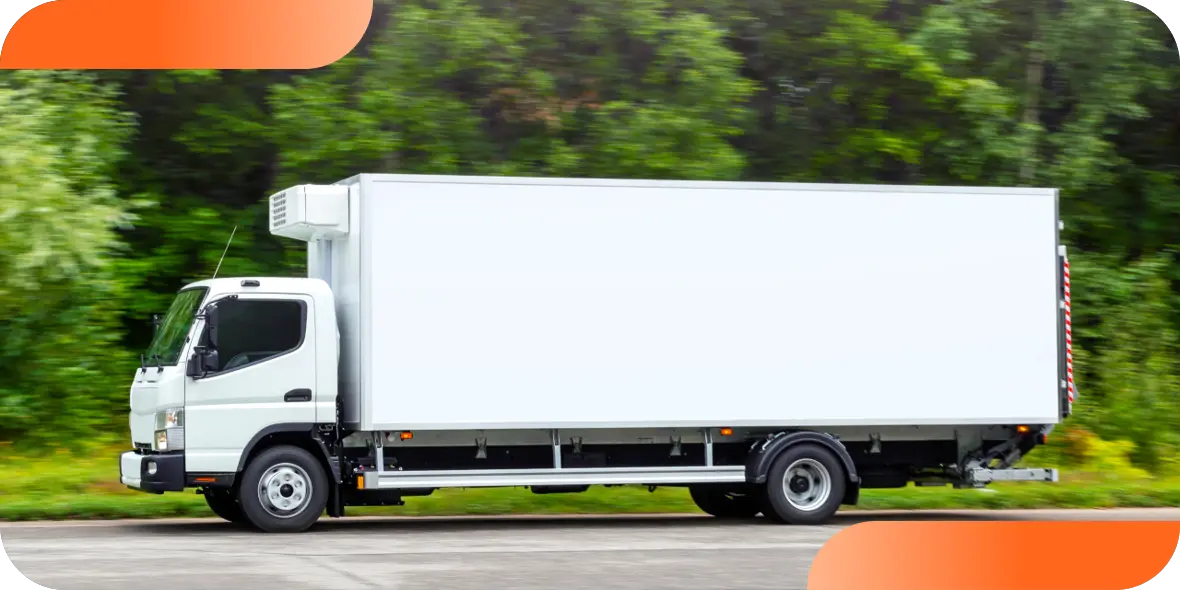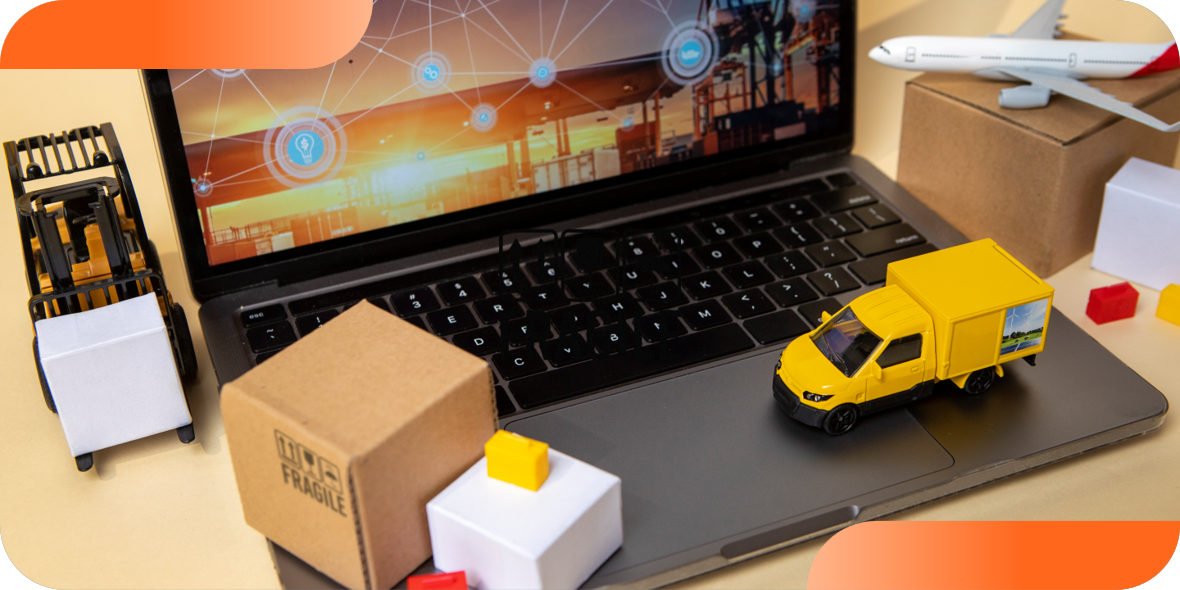Warehouse, Transportation
Reverse Logistics: What it is and How it’s Implemented

Did you know that 61% of consumers would be more loyal to a business that allows them to purchase items online and return them in-store or via the delivery service that brought them? Surprisingly, only 23% of companies offer this service. For this reason, optimizing your reverse logistics process is crucial.
In addition to improving customer satisfaction by simplifying and expediting the return process, an effective reverse logistics program can help companies reduce waste, increase efficiency, and collect valuable data that can help correct existing issues that might be causing product returns in the first place.
What is Reverse Logistics?
Reverse logistics involves end customers returning products and/or packaging materials to the distribution center. The process begins with the end consumer moving backward or “reversing” in the supply chain to reach the manufacturer or distributor of the product. Counter to the natural flow of the supply chain, this type of management typically occurs when the customer wishes to return a product that didn't meet their expectations, make an exchange for a defective product or recycle items.
It's worth mentioning that the type of reverse logistics you implement depends on the industry and business you operate within. For example, if you work in the fashion industry, you deal frequently with customer exchanges or returns for various reasons. However, if you deal with packaged goods such as milk, your reverse logistics might involve offering customers a packaging recycling program. It’s important to optimize and streamline your reverse logistics program to promote customer satisfaction, environmental sustainability and planet care.
What Does the Reverse Logistics Process Encompass?
Here are the common steps involved in reverse logistics:
-
The end customer initiates a return: The company should commence its standard return operating method when the customer begins a return. This method includes coordinating the logistics required to refund the customer and arranging for the item's pickup to be returned, typically following the reverse path the company used to sell the product.
-
Return shipment: Shipments should be processed with a tracking number associated with the shipping label to provide visibility to the customer and the company at each process stage.
-
Return processes: Once the products have been received, they must be inspected based on the customer's return category (e.g., defective product, wrong product, wrong size, customer dissatisfaction, etc.) and classified within one of three groupings:
-
-
Resale: If the product is not returned to the supplier, prepare it for resale (which may be similar to the original receiving process).
-
Recycle: Products requiring repair or reconditioning should be transported to the appropriate area. Any product that can't be repaired, reconditioned or resold should be recycled.
-
Dispose: Products that cannot be placed in the above two categories should be disposed of.
-
--> Learn about supply chain service levels <--
Three Systems That Assist in Managing the Reverse Logistics Process:
-
Order Management System (OMS)
An OMS is a system that allows a company to manage and track all orders from request to shipping, including the management of reverse logistics operations.
The OMS helps companies:
-
Define the location for returning merchandise
-
Manage return operations to minimize reverse logistics costs
-
Enhance customer satisfaction by better managing return orders and ensuring efficient completion
-
Provide information about returned products, helping companies better understand their reverse logistics operations
-
Track order and return history to optimize reverse logistics operations.
-
Warehouse Management System (WMS)
A WMS is a valuable tool for reverse logistics management. This type of system can help track returned products, control the flow of return materials, manage the resources needed to ensure efficient processes and reduce reverse logistics costs.
A WMS helps companies:
-
Maintain traceability of orders at the batch or serial number level, allowing the retrieval of products from specific batches or ensuring the exact product sold to the customer is returned
-
Manage workflows efficiently, enabling the smooth execution of receiving, inspection and refurbishing processes guided by the WMS
-
Perform cross-docking or store placement to return products to the supplier or reintegrate them into sales points if they are in good condition
-
Control inventory to consider it upon return, make it available if in good condition and minimize the risk of losses due to expiration.
-
Transportation Management System (TMS)
A TMS is essential for efficient reverse logistics management. It provides a platform for coordination between all supply chain participants, facilitates tracking returned products and offers detailed information on transportation costs and compliance with established delivery agreements.
A TMS helps companies:
-
Plan shipments to optimize transportation methods for reverse logistics
-
Select the most appropriate transportation method for each return, whether by parcel, truck, motorcycle, etc.
-
Manage documentation for generating shipping guides and necessary receipt documents for the assigned destination
-
Monitor routes to track returned products and inform customers and all supply chain participants of the return status
-
Monitor shipments to ensure that returns are made at the lowest possible cost and comply with a profitable sales policy, as the return of an order can cost more than the profit it generates
-
Perform cross-docking to return products to the supplier or reintegrate them into sales points if they are in good condition.
Benefits of Optimizing Your Reverse Logistics:
Making the most of your reverse logistics process will result in numerous benefits to both your company, and more importantly, your customers. These benefits include:
-
Product return cost efficiency
-
Increased customer satisfaction
-
Higher customer retention
-
Enhanced sustainability and environmental care.
Netlogistik is dedicated to helping you achieve flawless end-to-end executions in your supply chain. To learn about the comprehensive range of solutions we offer, please visit our website.
Follow us on LinkedIn to stay informed!

Francisco Giral
Chief Executive Officer, and Founder of Netlogistik, a company committed to delivering high-value Supply Chain services and cutting-edge technological solutions. With over two decades of experience, he has been actively involved in both internal and external consultancy, focusing on refining processes, leveraging technology, optimizing infrastructure, and enhancing organizational structures within the logistics departments of numerous companies across Mexico and Latin America. His track record boasts significant achievements, including cost reductions, substantial productivity enhancements, and elevated service quality levels.


